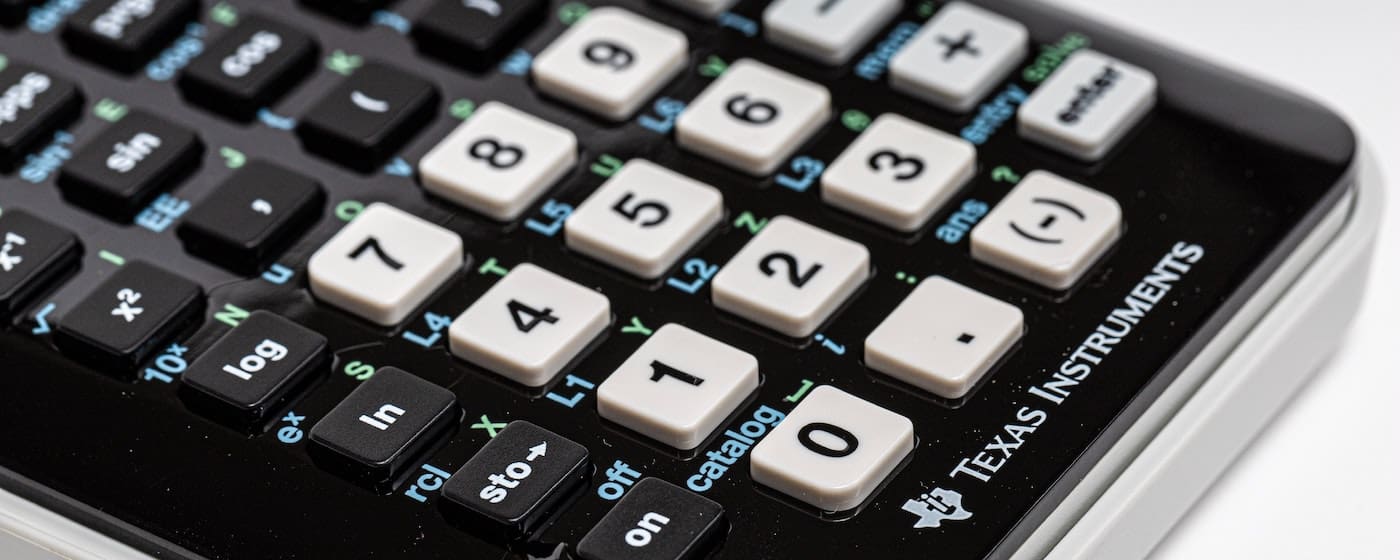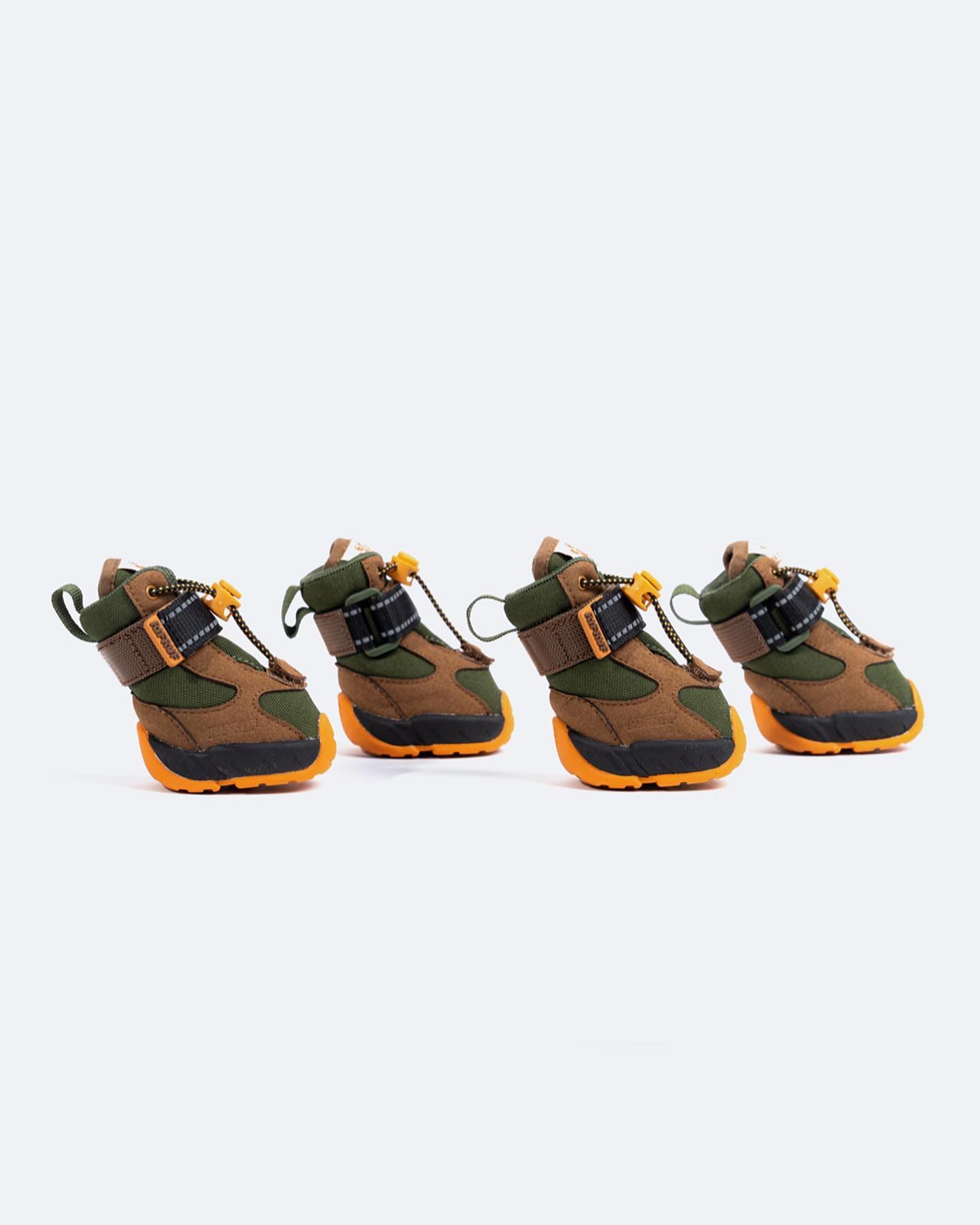Table of Contents
** Minutes
What is the retail inventory method?
How to calculate the retail inventory method
Retail inventory method drawbacks
Business is booming. As a retailer, you’re hurtling towards growth — you have hundreds of customers, and thousands of units of inventory in storage.
But a speed bump is coming: physical inventory counts.
No matter how big your business is or how fast you’re scaling, all retailers need to monitor their inventory counts and ensure that those records are accurate.
However, for retailers moving tens of thousands of inventory units through their supply chain, physically counting each unit could take ages.
To avoid stalling operations, many retailers rely on the retail inventory method to account for their inventory. While not identical to a physical count, the retail inventory method can help retailers get an idea of how much inventory they have without getting bogged down counting every unit.
In this article, we’ll discuss what the retail inventory method is, how to use it, and how to calculate it.
What is the retail inventory method?
The retail inventory method is an inventory accounting method that lets business owners estimate the value of their inventory for a given time period.
Often calculated at the end of an accounting period, this method gives a retailer an approximate idea of how much their ending inventory is worth.
How is the retail inventory method useful for retailers?
Retailers can use the retail inventory method to get a quick estimate of their inventory value without having to do a time-consuming physical inventory count every time period.
Although it can’t replace manual inventory count, using the retail inventory method can give you a general idea of how much inventory you have. That way, you can make an informed decision about how to budget and purchase additional inventory, while saving time and labor.
When should you use this method?
Whether or not to use the retail inventory method largely depends on the type of business you run.
The retail inventory method is best suited for multi-store retailers (as performing manual inventory counts across multiple locations can be difficult) and retailers with similar or consistent markups across products (as inconsistent markups can throw off calculations).
Even if your business does not fit in either category, you may still find the retail inventory method helpful. If you need to get a quick estimate of your inventory or understand the cost of products stocked in your warehouses, the retail inventory method may help.
How to calculate the retail inventory method
The retail inventory method can be tricky to master, as the method’s formula used to calculate ending inventory value has many components. Below, we’ll walk you through each piece of information, and apply it to an example.
Information needed for the retail inventory method
You’ll need to gather a few pieces of information and perform a few preliminary calculations to find your ending inventory balance using the retail method.
Here’s what you need to find:
1. Cost of Goods Available for Sale: How much it cost you to obtain all the inventory units that are ready to be sold.
Formula: Cost of Beginning Inventory + Cost of Inventory purchases for the period
2. Cost-to-Retail Ratio: A ratio expressed as a percentage.
Formula: (Cost of 1 unit / Retail Price of 1 unit) x 100
3. Retail Sales (for the period): The amount of retail dollars earned from sales in a given period.
In the retail inventory method, the formula for Ending Inventory uses each of these. The Ending Inventory formula is:
Ending Inventory Value = Cost of Goods Available for Sale — (Retail Sales x Cost-to-Retail Ratio)
NOTE: In this instance, “ending inventory value” refers to the wholesale value of the goods, NOT the retail value of those goods.
Retail inventory method calculation example
A wholesaler has $20,000 worth of inventory at the beginning of a period — meaning that beginning inventory for that period cost them $20,000.
The wholesaler then spends another $40,000 purchasing additional inventory throughout the period.
Each inventory unit costs $50 to purchase from the manufacturer, and retails for $100. The wholesaler ends up selling $50,000 retail dollars of goods by the end of the accounting period.
Using this information, we can calculate the following:
Cost of Goods Available for Sale = Cost of Beginning Inventory + Cost of Purchases for the period
Cost of Goods Available for Sale = $20,000 + $40,000
Cost of Goods Available for Sale = $60,000
Cost-to-Retail Ratio = (Cost per unit / Retail Value per unit) x 100
Cost-to-Retail Ratio = ($50/ $100) x 100
Cost-to-Retail Ratio= .50 x 100
Cost-to-Retail Ratio = 50%
Using all of these calculations, the Here, the value of ending inventory would be as follows:
Ending Inventory = Cost of Goods Available for Sale — (Sales x Cost-to-Retail Ratio)
Ending Inventory = $60,000 — ($50,000 x 50%)
Ending Inventory = $60,000 — ($25,000)
Ending Inventory = $35,000
Related and helpful calculations & formulas
If the retail inventory method isn’t best for your retail business, there are several alternative methods to calculate the value of your inventory. Here are some of the most notable.
FIFO
The FIFO (or “First In, First Out”) method involves calculating inventory value based on the COGS (or “Cost of Goods Sold”) of your oldest inventory. FIFO assumes that the goods acquired first are also the first to be sold, and doesn’t factor recent changes in costs into valuation.
LIFO
The LIFO (or “Last In, First Out”) method involves calculating inventory value based on the COGS of your most recent inventory purchases. LIFO assumes that the goods acquired most recently are also the first to be sold, and is therefore highly influenced by selling price fluctuations.
Weighted Average Cost
The weighted average cost method calculates inventory value based on the averaged cost of purchased goods in your available inventory. It’s calculated by dividing the cost of goods available for sale by the total number of units in your inventory.
Retail inventory method drawbacks
Although the retail inventory method may simplify inventory accounting, it comes with a few drawbacks that affect the valuation or count’s accuracy. Here are some of the biggest issues to keep in mind.
Estimates
The retail inventory method only provides you with an estimated inventory count. As such, it may not be as accurate as a physical inventory count.
Therefore, retailers should not use the retail inventory method as a replacement for manual inventory counts, and only use it when a rough estimate is needed quickly.
“We are very impressed by ShipBob’s transparency, simplicity, and intuitive dashboard. So many 3PLs have either bad or no front-facing software, making it impossible to keep track of what’s leaving or entering the warehouse.
On the supply chain side, I just throw in what we placed at the factory into a WRO in the ShipBob dashboard, and I can see how many units we have on-hand, what’s incoming, what’s at docks, and so on. I can see all of those numbers in a few seconds, and it makes life so much easier.”
Harley Abrams, Operations Manager of SuperSpeed Golf, LLC
Inconsistent markups and markdowns
The retail inventory method can only work if you have consistent markups across all the products you sell. Otherwise, the calculation cannot be accurate, since the cost-to-retail ratio isn’t consistent.
Fluctuating markups
In the retail inventory method, Cost-to-Retail Ratio is calculated on a historical basis. This means that it doesn’t consider any changes in markup in the current period. So if there’s any markup fluctuation during the current period, the calculation will be inaccurate.
Acquisitions
The retail inventory method is also at risk of being inaccurate when an acquisition has been made. Specifically, it tends to be inaccurate if the markup percentage used by the acquired party is significantly different from the rate that the acquirer used.
ShipBob takes the guesswork out of inventory management
Inventory should never be managed through guesswork — and when you partner with ShipBob, it never is.
With ShipBob, you get access to robust inventory management software that comes with powerful analytics, metrics, and reporting tools. The proprietary software keeps track of your inventory levels and sales in real-time across all your sales channels, ensuring that your inventory records are always up-to-date and accurate.
“We have a Shopify store but do not use Shopify to track inventory. In terms of tracking inventory, we use ShipBob for everything — to be able to track each bottle of perfume, what we have left, and what we’ve shipped, while getting a lot more information on each order.
The analytics are super helpful. We download Excel files from the ShipBob dashboard all the time and use them to analyze everything from cancellations, to examining order weights, to checking on whether ShipBob is shipping orders on time. Even the way their warehouse receiving orders (WROs) work for sending inventory is very straightforward.”
Ines Guien, Vice President of Operations at Dossier
ShipBob’s inventory platform also automatically tracks your inventory as it moves through your supply chain, so you know exactly when to restock. It also helps you forecast inventory and demand more accurately, so you can make the most informed decisions and optimize inventory purchasing and budgeting.
If you want to learn more about ShipBob’s inventory management and fulfillment capabilities for your B2B channels, click the button below to get a quote.
Retail inventory method FAQs
Below are answers to the most common questions about the retail inventory method.
Is the retail inventory method considered acceptable under the tenets of the US GAAP?
The retail inventory method is considered acceptable under the tenets of the US GAAP. However, there is no specific guidance on its application.
What are the different inventory methods?
Some of the most commonly used inventory valuation and counting methods are First In, First Out (FIFO); Last In, First Out (LIFO); and Weighted Average Cost.
Who uses the retail inventory method?
The retail inventory method is best for business with many retail stores and retailers with consistent markups.



